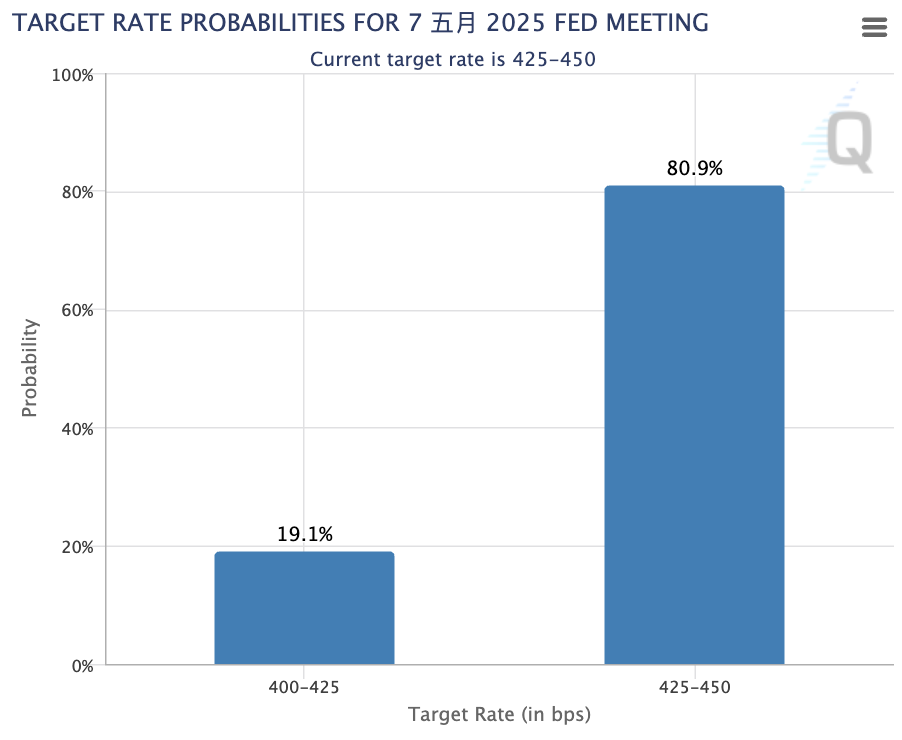Against the backdrop of Trump's new round of tariff policies intensifying market uncertainty, the Federal Reserve's (Fed) Monetary Policy Meeting (FOMC) held from March 18 to 19 released a clear warning: the U.S. economy is simultaneously facing the dual risks of high inflation and low growth. According to the latest published meeting minutes, most policymakers believe the Fed may need to make difficult choices between fighting inflation and supporting the economy, with market expectations for rate cuts also showing significant adjustments.
Double Risk Emerges: Inflation Heating Up, Employment Weakening
The meeting minutes noted that almost all officials believe "inflation risks are tilted to the upside," while "the job market faces risks of weakening." In an environment of persistently high inflation and weakening economic and employment momentum, the Fed may find it difficult to respond simply by raising or lowering interest rates, reflecting the "trade-off dilemma" faced by monetary policy.
Some officials directly stated that if inflation becomes more stubborn and growth and employment prospects simultaneously deteriorate, the Fed will have no choice but to decide between "suppressing inflation" and "preventing an economic hard landing".
Only Two Rate Cuts Predicted This Year
Although the market originally expected the Fed to cut rates four times in 2025, the meeting minutes show that policymakers estimate only two rate cuts this year, while also lowering their economic growth expectations. This not only reflects officials' concerns about inflation's persistence but also means the Fed tends to maintain a "longer high-interest-rate environment" to prevent inflation from spiraling out of control again.
According to the CME FedWatch tool showing, investors' expectations of the Fed maintaining rates unchanged in May have risen to 80.9%, while the probability of rate cuts has plummeted from 44.5% the previous day to 19.1%; even by June, the market only expects a maximum probability of 61.7% for a 1-point (25 basis points) rate cut.

Tariff Impact Continues to Roil Markets
This meeting was held after the Trump administration announced its preliminary tariff plan, which raised concerns about global supply chains and import prices, leading Fed officials to become more conservative. Some officials warned that if financial markets experience a "sudden repricing," it could amplify any potential economic impact.
In fact, after Trump announced reciprocal tariffs in early April, U.S. stocks plummeted, but he subsequently announced a 90-day delay in implementing tariffs on friendly countries, temporarily relieving market pressure, with major indices rising over 6% in a single day. However, the market's continued volatility also highlights that the "policy uncertainty" mentioned in the Fed minutes has become the dominant variable shaping economic prospects.






